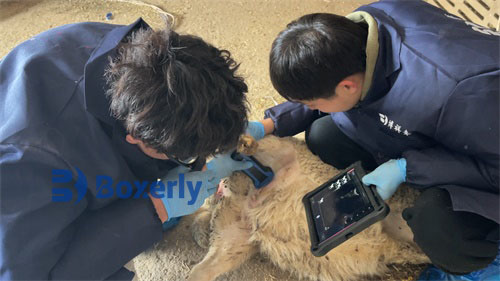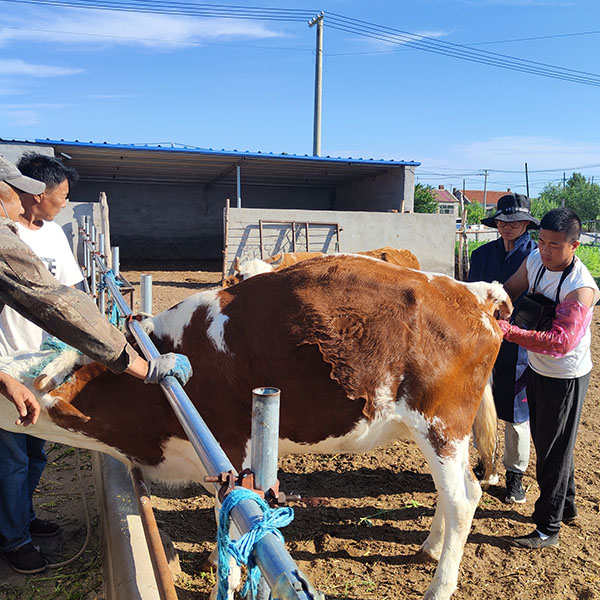The growth and development rates of different parts of beef cattle are also different, and the proportion of each part constantly changes during the growth and development process. The theory of this phenomenon is growth waves. There are mainly two growth waves in the growth and development of beef cattle. The first growth wave starts from the head and spreads to the trunk. When using ultrasound to observe muscles in cattle, it can be clearly observed that the muscle growth time in the trunk is later than that in the head.
Among different muscles in beef cattle, the muscle fibers of the triceps brachii are the thinnest, and the diameters of the supraspinatus and infraspinatus muscles are similar. By using bovine ultrasound, the growth status of muscles and muscle fibers in different parts can be observed.
The younger the age of beef cattle, the better the water retention of their muscles and the more tender their meat. Cows have better water retention and tender meat than bulls. The fat content of cows is significantly higher than that of bulls. As age increases, the changes in fat, protein, and moisture content are not significant. Differences in fat content can also be detected on ultrasound in cattle.
The tenderness of different muscles varies greatly, with the infraspinatus muscle being the most tender and having the highest fat content. The triceps has the lowest fat content and the oldest meat texture. The echo structure of the fat in the infraspinatus muscle can also be displayed on ultrasound in cattle.
In summary, the supraspinatus muscle, infraspinatus muscle, and triceps brachii muscle all exhibit significant histological characteristics, physicochemical properties, and sensory evaluation results








